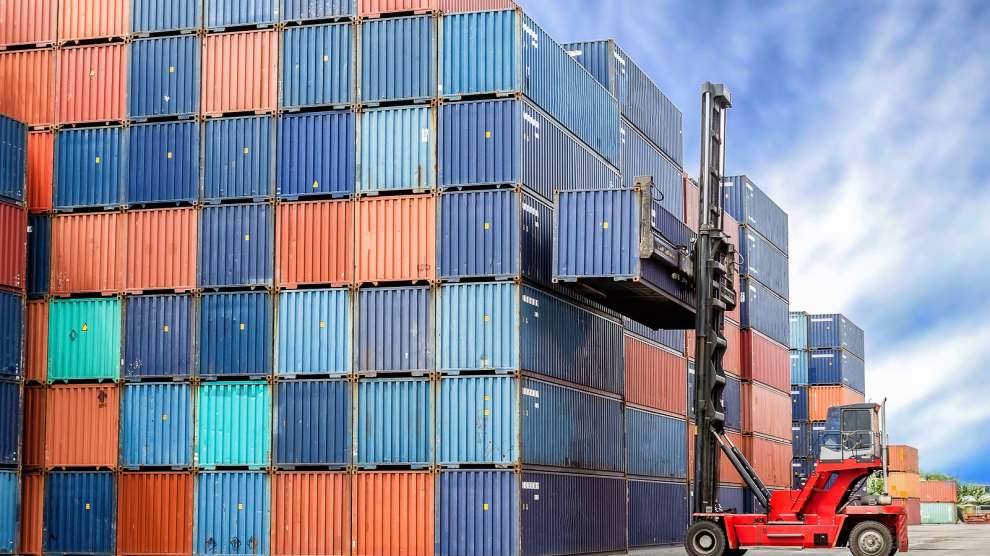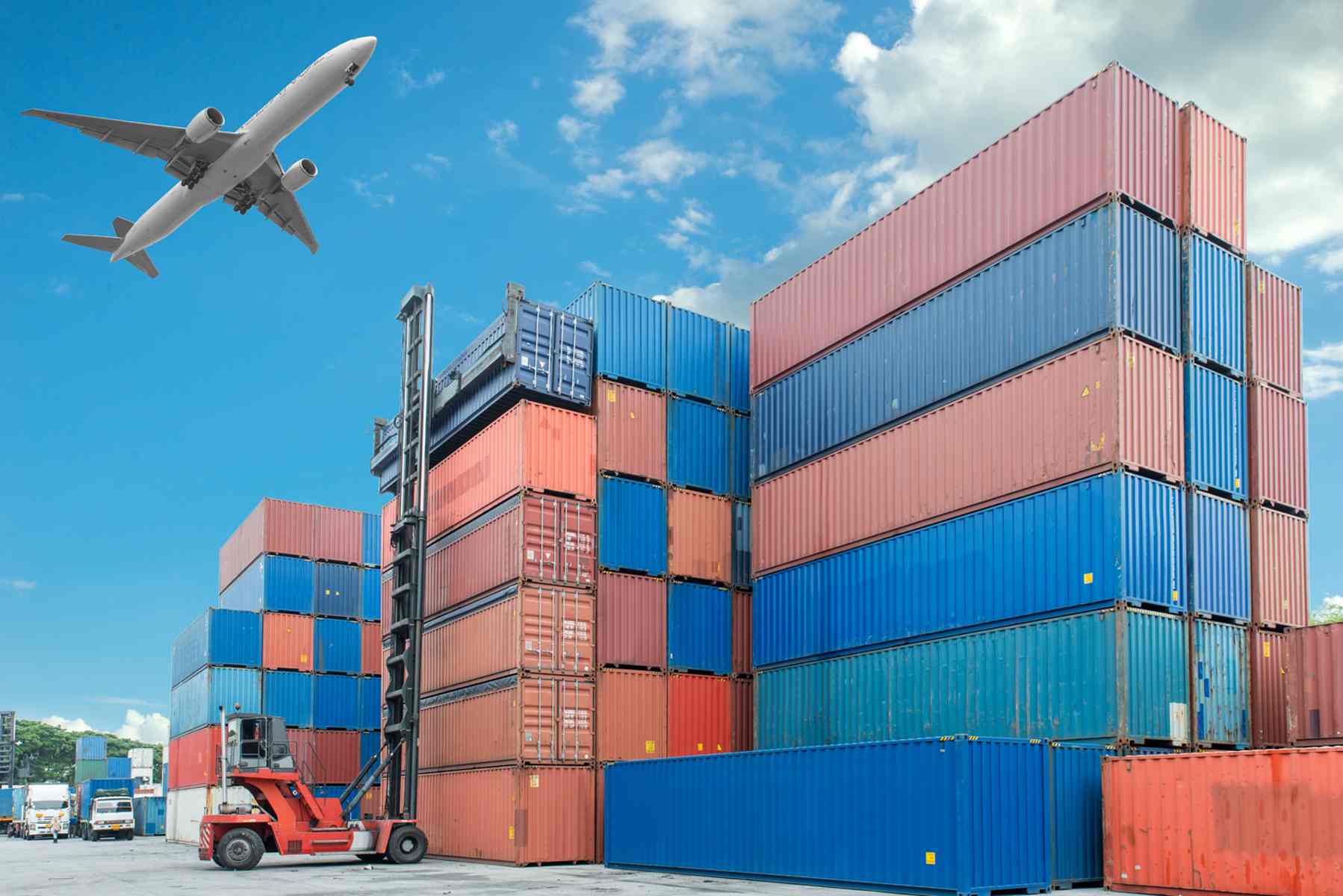Bijak Customs or “Bijak Customs” is a service provided by Bijak company, through which users can make the customs process and import of their goods simpler and cheaper. By using Bijek Customs, users can benefit from services such as customs consulting, document preparation and checking market prices. Also, this service helps users to import their goods faster and with the least problems by reducing customs fees.
What is a customs badge or customs green permit?
Customs badge and customs green permit are two different names for the same service. This service, i.e. Bijak Customs or Green Channel Clearance, helps users to complete the customs and import process of their goods faster and with the least hassle. In this process, goods imported using this service are usually cleared quickly without the need for customs inspection. This helps users to receive their goods quickly and spend more time on running their business.
Time to use the customs badge
Customs Bijek is useful for businesses that operate in the import business due to the reduction of customs costs and the increase in the speed of goods clearance. Also, businesses that import raw materials or goods they need for production can benefit from customs clearance. By using this service, your goods will be cleared faster and as a result you can use them sooner and help in faster production or distribution.
What is a customs warehouse receipt?
A customs warehouse receipt or “Warehousing Receipt” is a financial document that shows the ownership of goods in a customs warehouse. This document is used for exporters and importers of goods as an acceptable substitute for the goods themselves as a guarantee for all kinds of financial transactions, including loans and bank facilities. In other words, the bonded warehouse receipt is used as a guarantee for the payment of loans and debts related to the goods. Also, this document allows users to use it if they need to surrender the goods or transfer them to another person.
Types of customs warehouse bills
The types of customs warehouse bill are: Verified customs warehouse bill: In this type of bill, the customs has checked the document and confirmed its authenticity. Unconfirmed customs warehouse bill: In this type of bill, the document is not approved due to problems such as errors in the date, signature and seal, etc. Electronic customs warehouse bill: This type of bill is created in the electronic customs system and in it, the information of the goods imported to the customs is recorded electronically. International customs warehouse bill: In this type of bill, the goods are in a customs warehouse in a country under the supervision of an international shipping company. In general, the customs warehouse bill is one of the important documents in the export and import of goods, and depending on the type and use, it can have various benefits.
· Initial customs warehouse invoice
Primary Warehousing Receipt is a financial document that is issued for the first time when goods are stored in a customs warehouse. This document contains information such as product name, quantity, country of origin and destination, financial amount and financial guarantee conditions. The initial customs warehouse bill is used as a document to record the ownership of the goods and confirm its storage. Before issuing the initial customs warehouse bill, the customs warehousekeeper carefully examines the goods to be stored in the customs warehouse and records its details carefully. After that, the preliminary customs warehouse bill document is issued either manually or electronically. Then, the exporter or the owner of the goods can use this document to make financial transactions, including obtaining a loan or bank guarantee. It should be noted that the initial customs warehouse bill, due to having accurate and correct information about the stored goods, is very vital to guarantee financial facilities and transactions related to goods.
Separate customs warehouse bill
Split Warehousing Receipt is a type of financial document that is issued if a product with the same specifications is stored in a customs warehouse, but belongs to two or more different owners. In fact, in this case, the initial customs warehouse receipt was not issued from the beginning to register the goods in the name of the original owner or owners, and after carrying out the separation activities, this document is issued separately for each owner. If the goods with the same specifications are stored in the customs warehouse from several owners, before handing over to the new owners, the goods must be separated from each other in accordance with the rules related to the separation of goods and financial registration in the customs systems. After separating the goods, its information is recorded separately in the separate customs warehouse invoice and the document related to each owner is issued with his name and details. This document is used as a document to register the ownership of the goods and confirm its storage in the name of the new owner.
· Negotiable customs warehouse bill
Warehouse Receipt is negotiable. This financial document is usually used as a guarantee for obtaining a loan or meeting other financial needs. On the other hand, the negotiable nature of this document means that the owner of the bill can transfer it to another person and this person, by presenting the bill, will become the owner of the goods in the customs warehouse. In other words, the customs warehouse bill is very important as one of the financing tools for export and import businesses and is also traded in the capital market.
Bijek customs information
Customs declaration is a document that is issued at the time of import or export of goods to countries, and in which information about the goods and its specifications are recorded along with the financial and customs information required for the import or export of goods. Some of the information included in the customs bill are: name and address of the sender and receiver of the goods, the type of goods and its specifications, including the weight, volume, number and value of the goods, the country of origin and destination of the goods, the exact content of the goods and its use, the way of transporting the goods and the name of the carrier (carrier), the value of the goods and the amounts paid, information about customs and taxes and duties related to the goods. This declaration is used to ensure that the goods at the time of entry into a country are in accordance with the customs regulations and laws of that country and to pay the relevant taxes and duties.





